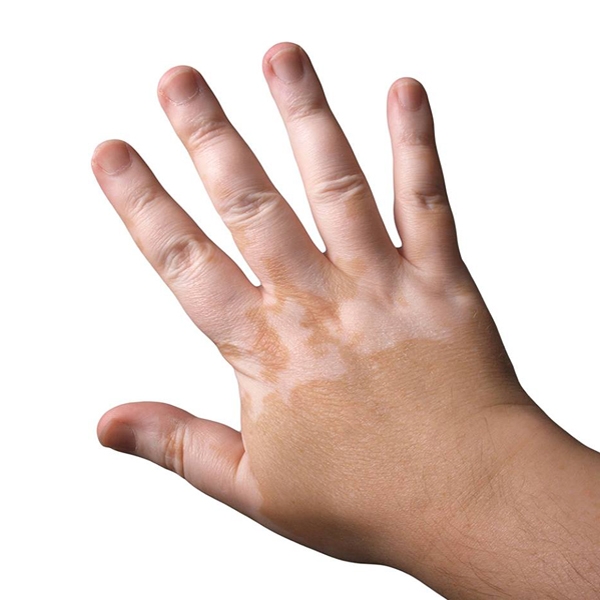25% of those affected by vitiligo are children. In the majority of cases (between 70 and 80%), the first symptoms appear before the age of 30.
The first symptoms in childhood are segmental, and often, as the white patches initially appear in generally non-visible areas that do not particularly affect the emotional state of the child, they are not seen as overly important.
Despite this, dermatologists insist that it is best to treat vitiligo as early as possible, with the aim of controlling the depigmentation process in the skin and to re-pigment the affected areas. Particular attention should be given to cases of adolescents with vitiligo, as around 50% present diagnosed psychological problems associated with the illness.
Vitiligo in children has different characteristics, such as a higher rate of the segmental type in comparison to vitiligo in adults, and a higher frequency of family antecedents of autoimmune and/or endocrine illnesses.
Despite the incidence rate of autoimmune and endocrine illnesses increasing with age, it is important to regularly assess certain indicators of thyroid disease, diabetes, pernicious anaemia, and other autoimmune illnesses that are closely related to vitiligo.
When it comes to choosing vitiligo treatment for the child, the following aspects need to be considered: the type of vitiligo, its activity, extension, and location, as well as the age of the patient and the possible side effects of each treatment.

